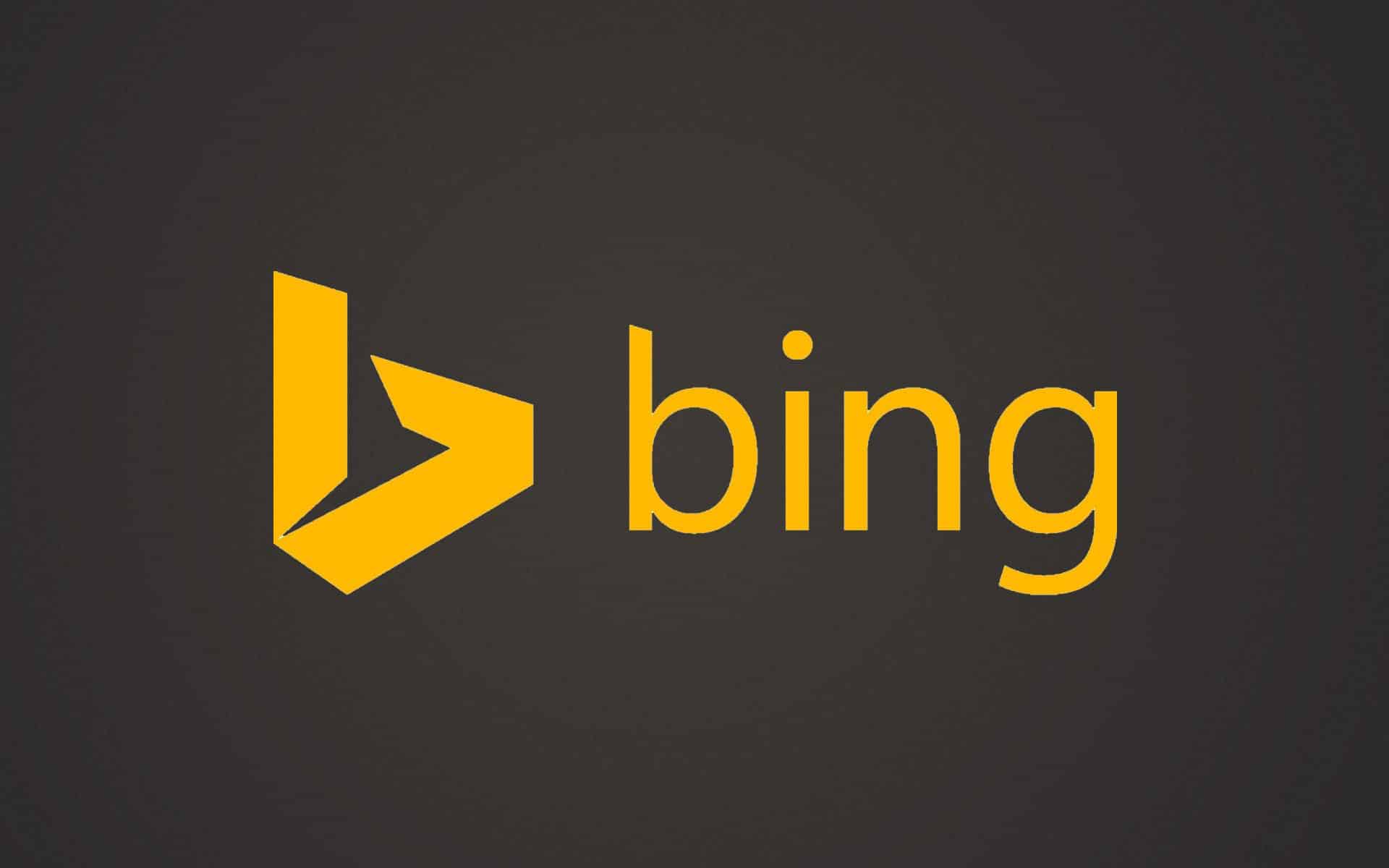Business
Bing launches Panda algorithm
Looks like Bing is investing some serious money into their search engine. Their latest Panda algorithm is a perfect example.

Just a heads up, if you buy something through our links, we may get a small share of the sale. It’s one of the ways we keep the lights on here. Click here for more.
Bing has announced the launch of their new quality content algorithm aimed at reducing low quality content displaying in search results. This comes nearly 4 years after the launch of Google’s Panda algorithm which also focuses on content quality.
In the announcement, Bing claims there are three pillars of quality content: authority, utility, and presentation.
Authority
The authority part of their algorithm tries to answer the question: Is this content trustworthy? In addition to understanding the quality and quantity of links pointing to a page (Bing’s previous basis of most authority signals) Bing aims to do this by leveraging social signals, the author’s identity and name recognition (and presumably other content associated with the author), and cited sources.
One noteworthy example they gave is a blog post written by “admin” – Bing said that these articles are less authoritative as they are written by an anonymous author.
Utility
The second factor used in judging the quality of the content is utility – or better put, whether the content is useful and detailed enough to answer the question at hand or help the user achieve their goal.
The announcement indicated that the content depth as well as the use of multimedia (images, graphs, and video) are indicators of content that serves users well. Further, the algorithm prefers to serve the original source of content rather than syndicated or copied versions.
Presentation
The final pillar of quality content is presentation. The algorithm looks for content that is easily read and designed in such a way that the content is easy to access and digest opposed to pages that contain lengthy introductions and unrelated content.
Bing specifically called out websites that serve unrelated ads or ads that interfere with the user experience. Specially called out were ads that look like navigation menus, 4+ ad sections preceding the main content, and situations where ads take up most of the “above the fold” space.
This is a significant step forward to improve the quality of the content displayed in their search results and brings their algorithm more in-line with what Google is currently doing.
































